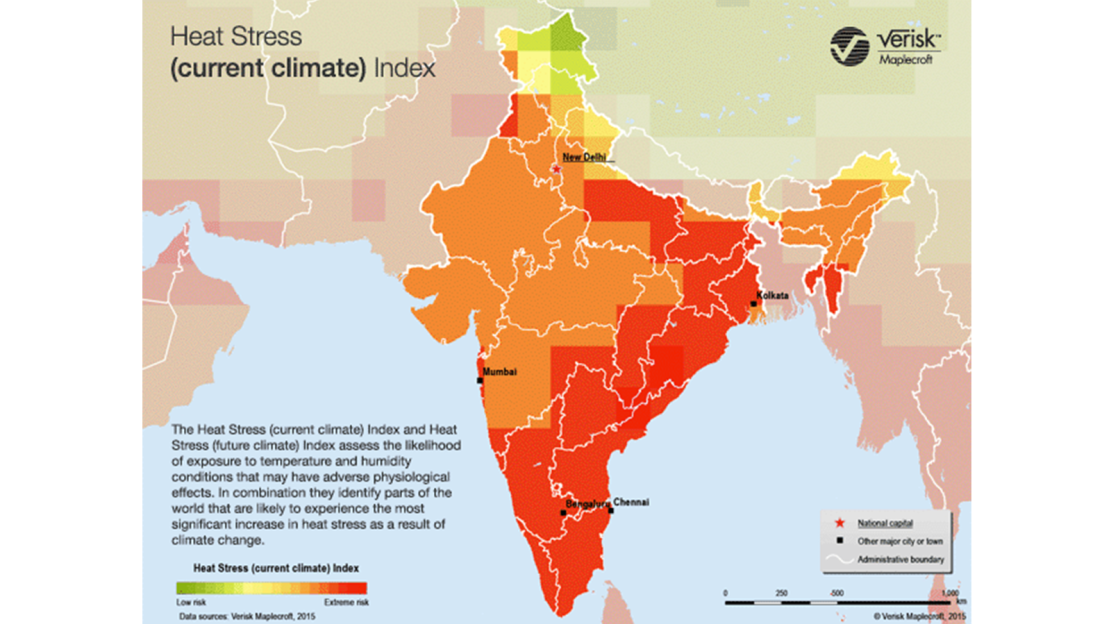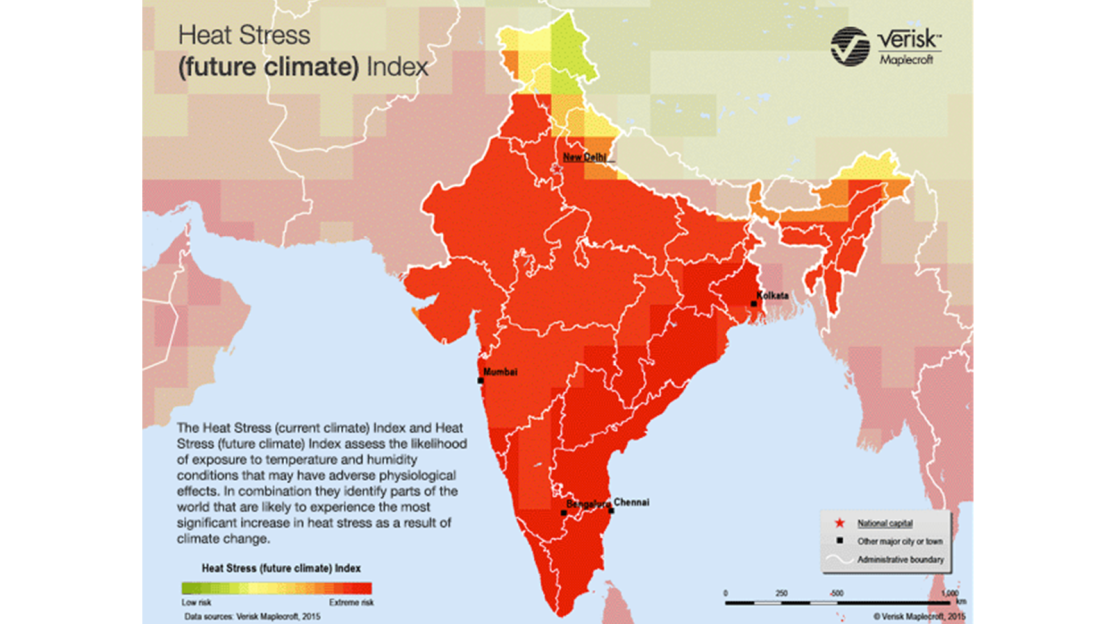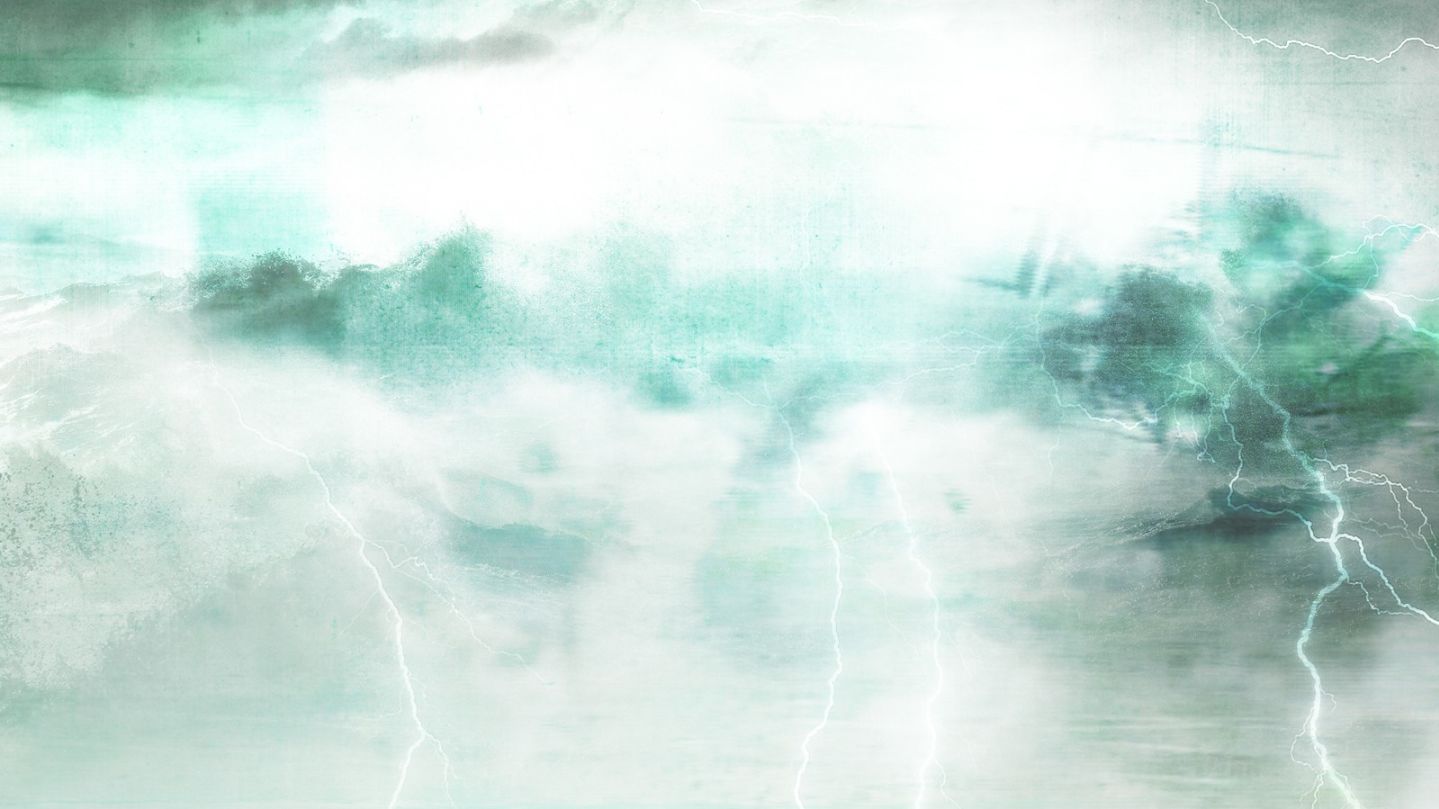Story highlights
"Loo" winds are causing an intense dry heat to sweep India, raising temps to 116 Fahrenheit (47 degrees Celsius)
Studies suggest India is going to experience more heat waves in the future
It’s often hot in India. But the past 10 days have been exceptional, even for one of the hottest places on the planet. The highest temperature recorded on Wednesday reached 116.6 degrees Fahrenheit (47 degrees Celsius) in the eastern states of Jharkhand and Odisha.
Commuters aren’t just sweating and dizzy – they can’t drive because the roads are melting.
The pain and loss the heat has caused is devastating. More than 1,400 people have died.
One elderly man shared his grief with CNN Wednesday over losing his 38-year-old son to heat stroke. The man had simply ventured out to buy his father’s medicine.
So what’s behind India’s heat, is it unusual and when will it end?
What’s behind the heat?
There are at least a couple things. Climate change is likely is a factor, according to Benjamin Cook, a research scientist with the NASA Goddard Institute for Space Studies. But it’s not possible without a lot of research to know exactly how much climate change is affecting conditions in India, he said.
India is experiencing Loo winds, hot and dry westerly gusts from Pakistan and northwest India which dries out the region, according to CNN meteorologist Monica Garrett. That means that air moisture, or dew point, is low. When a monsoon advances, and one is expected to hit as early as the end of this week, there is always more dry heat.
Isn’t it hot in nearby countries?
Neighboring Pakistan and Afghanistan are hot, with temperatures well past 100 degrees Fahrenheit, but India appears to be suffering far worse, due in part to its many densely populated areas.
About two-thirds of India’s 1.2 billion people have access to electricity. That would mean that in India alone about 400 million people do not have reliable access to air conditioning and refrigeration.
And India suffers because of geography. High mountains block cool air coming from the northeast, said Garrett.
Is a hotter future ahead?
India is used to intense early summers. May is typically India’s hottest month with temps in some parts of the country hovering around 104 to 105 degrees Fahrenheit (around 40 degrees Celsius). Heatwaves are common in India. Hundreds died in 2002 and 2003 as a result of the heat.
Studies suggest India is in for more rough summers. The southern part of the country, which has mostly escaped the buckling heat, is predicted to suffer more heat waves. Overall, more parts of India will suffer heat waves that last longer – possibly 30 days.
Recent analysis by Verisk MapleCroft suggests that over the course of just one generation, the heat stress currently felt in the worst-hit states of Andra Pradesh and Telangana will be felt across most of the country.


When will the heat wave end?
It’s possible that a monsoon could hit by the end of the week and bring relief. On Wednesday night, a light shower in Hyderabad brought some relief to millions who had been praying for rain.
In the meantime, water camps are open and commuters are doing their best to survive.
India's deadly heat wave
CNN’s Harmeet Shah Singh and Rishabh Pratap contributed to this story.


























